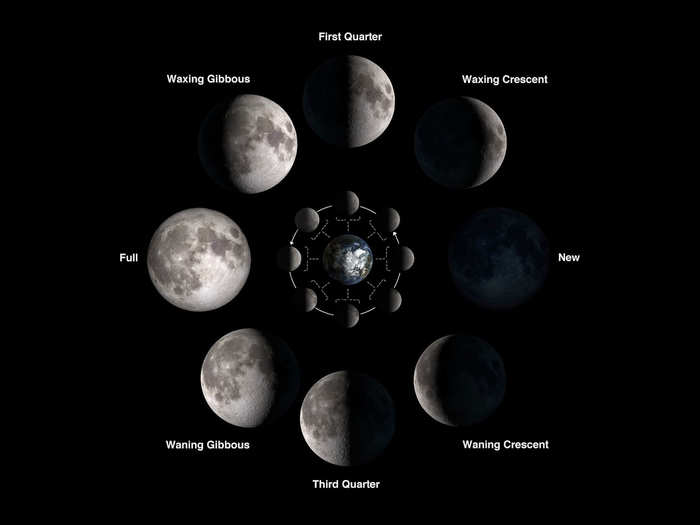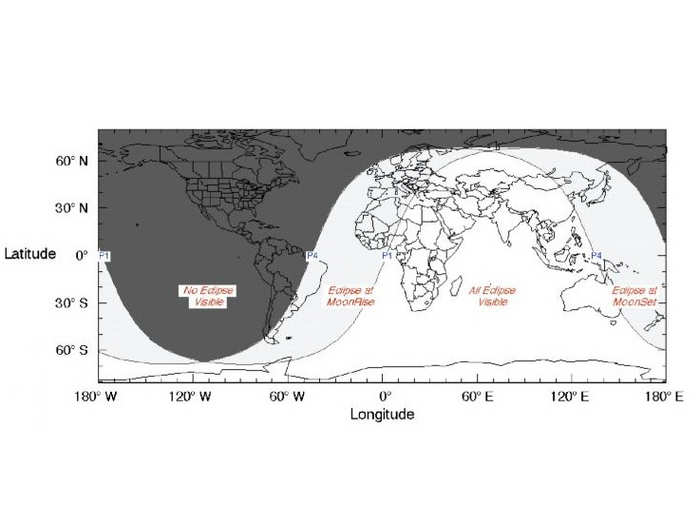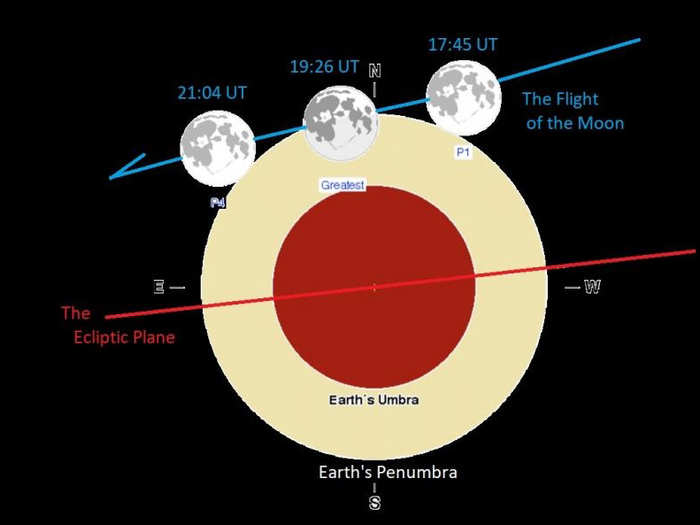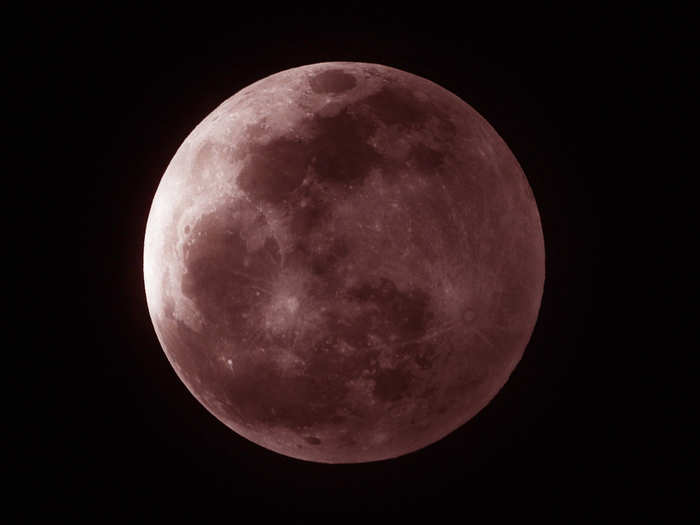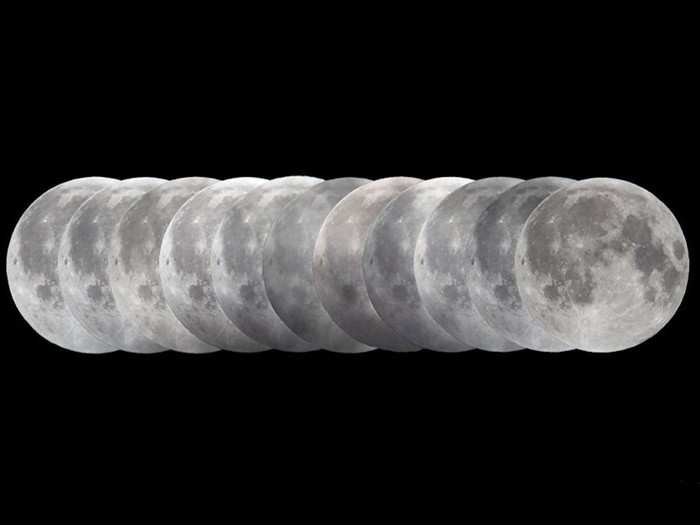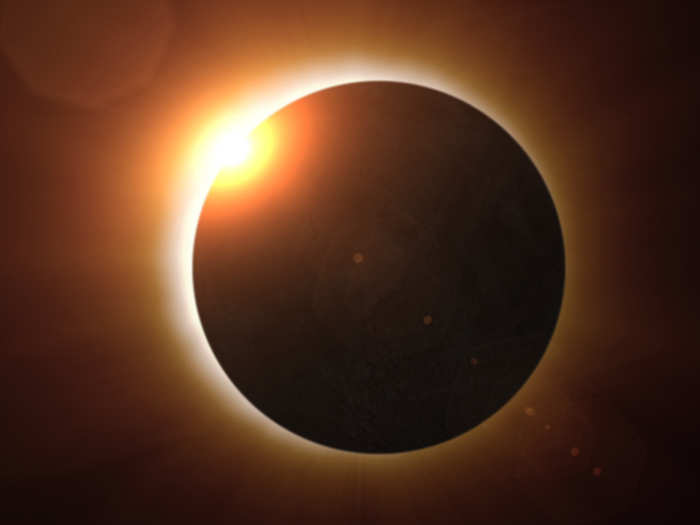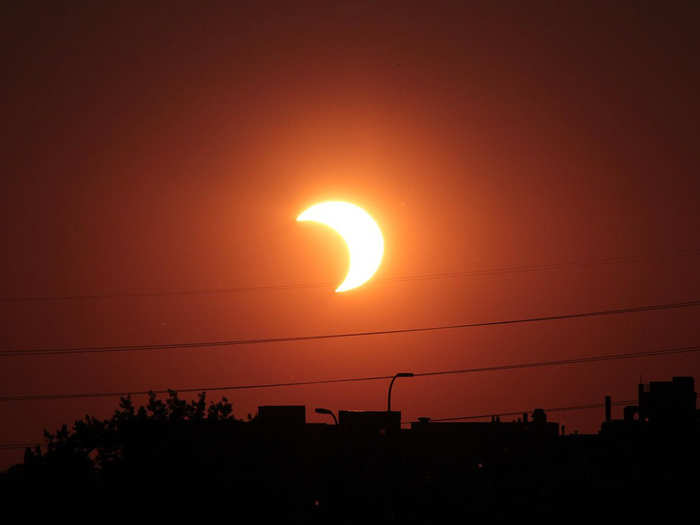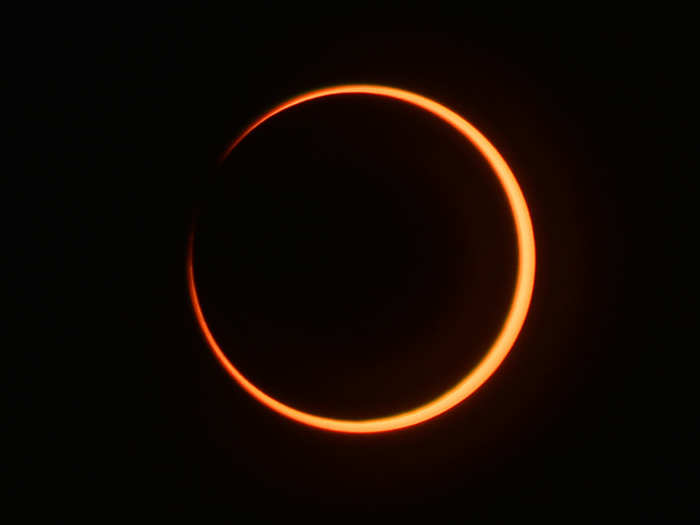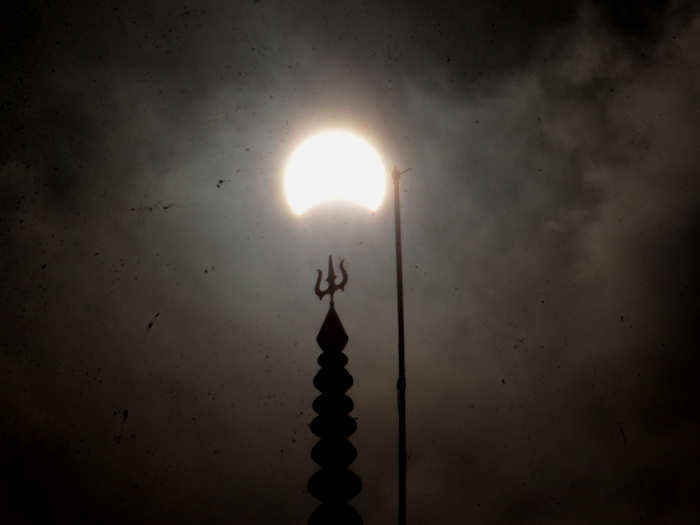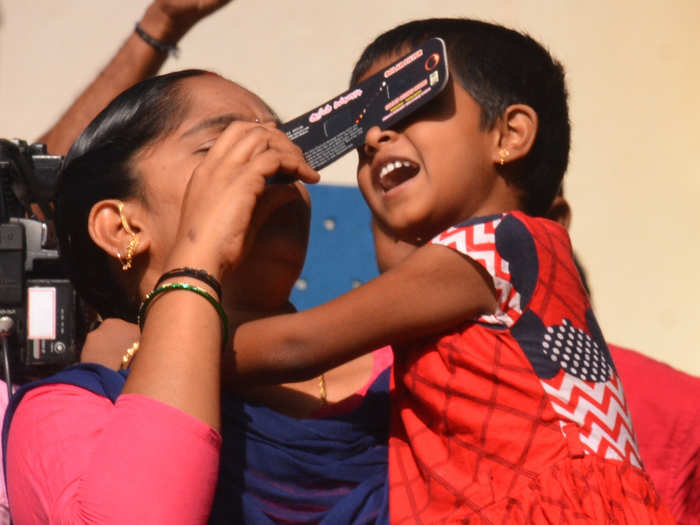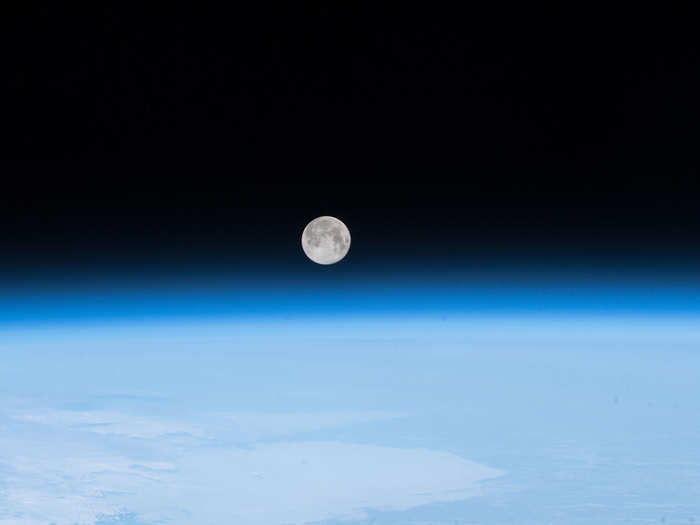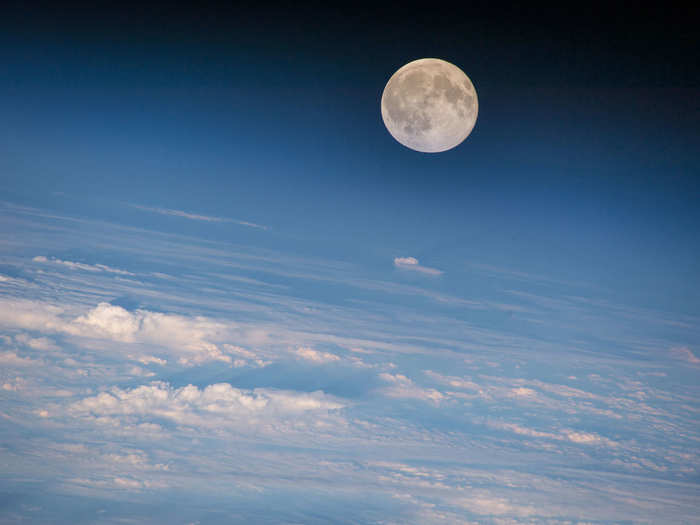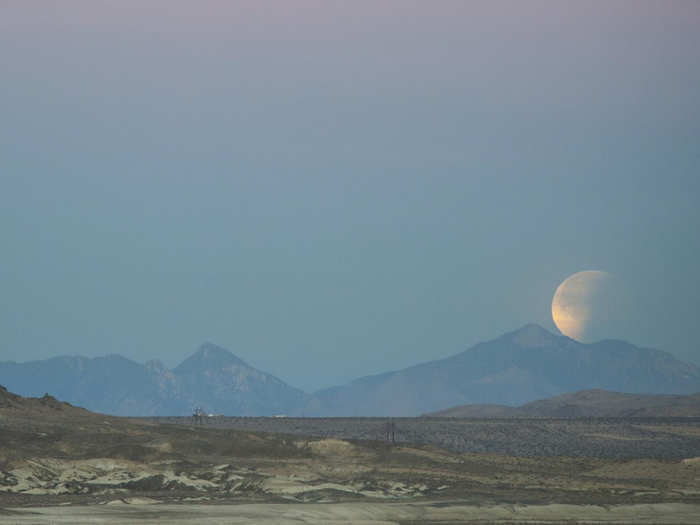Penumbral lunar eclipse as seen on January 10, earlier this year BCCL
- This eclipse season there are going to be three eclipses.
- The first will the penumbral lunar eclipse on June 5.
- It will be followed by the annual solar eclipse on June 21 and another penumbral lunar eclipse on July 5.
An eclipse never comes alone, and this year’s second eclipse season is set to kick off on June 5. It’s especially unique this time because normally there are two eclipses in a row, this time around there will be three — a penumbral lunar eclipse on June 5, followed by an annular solar eclipse on June 21 and another penumbral lunar eclipse on July 5.
Eclipse seasons normally comes occurs in twice a year. The
first one was in January, this will be the second.
The reason that two, or even three eclipses, come together is because there are around 15 days between a full moon and a new moon — and vice versa. Which basically means, that when the first eclipse occurs, the Solar System has another 30 days to squeeze another one or two more eclipses.
Unlike some
publications claiming that this is the first time that this happening in hundreds of years, three eclipses in a row is not so uncommon. In 2018, a partial solar eclipse occurred on July 13 followed by a total lunar eclipse on July 27 and another partial solar eclipse on August 11.
Before that in 2013, a partial lunar eclipse occurred on April 25, followed by the annual solar eclipse on May 10 and a penumbral lunar eclipse on May 25.
Here’s everything you need to know about the three upcoming eclipses:
The first penumbral lunar eclipse or Chandra Grahan will occur on June 5 and 6.
NASA
In India, the lunar eclipse will begin at 11:15 pm on June 5 with the maximum eclipse coming into sight at around 12:54 am on June 6.
NASA/GSFC/F. Espenak
The total duration of the lunar eclipse will be around 3 hours and 18 hours, with it set to come to an end at around 2:34 am on June 6.
The Moon will be visible above the horizon during the eclipse. So if good weather conditions hold up, the entire eclipse will be visible to bystanders in India.
Penumbral Lunar Eclipse on 10 January 2020 BCCL
However, since this is a penumbral eclipse — it may be difficult to differentiate from an ordinary full moon unless you have a telescope or binoculars on hand.
This composited series of images follows the Moon on January 10, the first Full Moon of 2020, in Hungarian skies. The lunar disk is in mid-eclipse at the center of the sequence. NASA/APOD/Gyorgy Soponyai
The annual solar eclipse or Surya Grahan will occur on June 21.
NASA
The partial solar eclipse will start at around 9:15 am followed by the full solar eclipse kicking in an hour later at around 10:17 am.
NASA
The solar eclipse will be in at its maximum at 12:10 pm.
BCCL
In under two hours, the full solar eclipse will come to an end at around 2:02 pm.
A partial Solar eclipse seen from Shiva temple , Khajpura in Patna on 26 December 2019 BCCL
The partial solar eclipse will also dissipate by 3:04 pm on 21 June.
Onlookers show enthusiasm watching the annular solar eclipse at the Anna Science Centre Planetarium in Trichy last year BCCL
The third eclipse will be another penumbral lunar eclipse on July 5. The bad news is that it’s unlikely to be visible from India.
A picture taken on January 10, 2020 midnight in Bangalore on Friday shows the full moon during the penumbral lunar eclipse in Asuncion BCCL
Astronomers estimate that the moon will be under the horizon of the lunar eclipse. While it may be night in other parts of the world, it will be early morning in India.
NASA
The penumbral lunar eclipse will start at around 8:37 am on July 5, be at its maximum at 9:59 am and come to an end by 11:22 am.
NASA
The last eclipse of the season will also be shortest, lasting only around 2 hours and 45 minutes.
NASA

